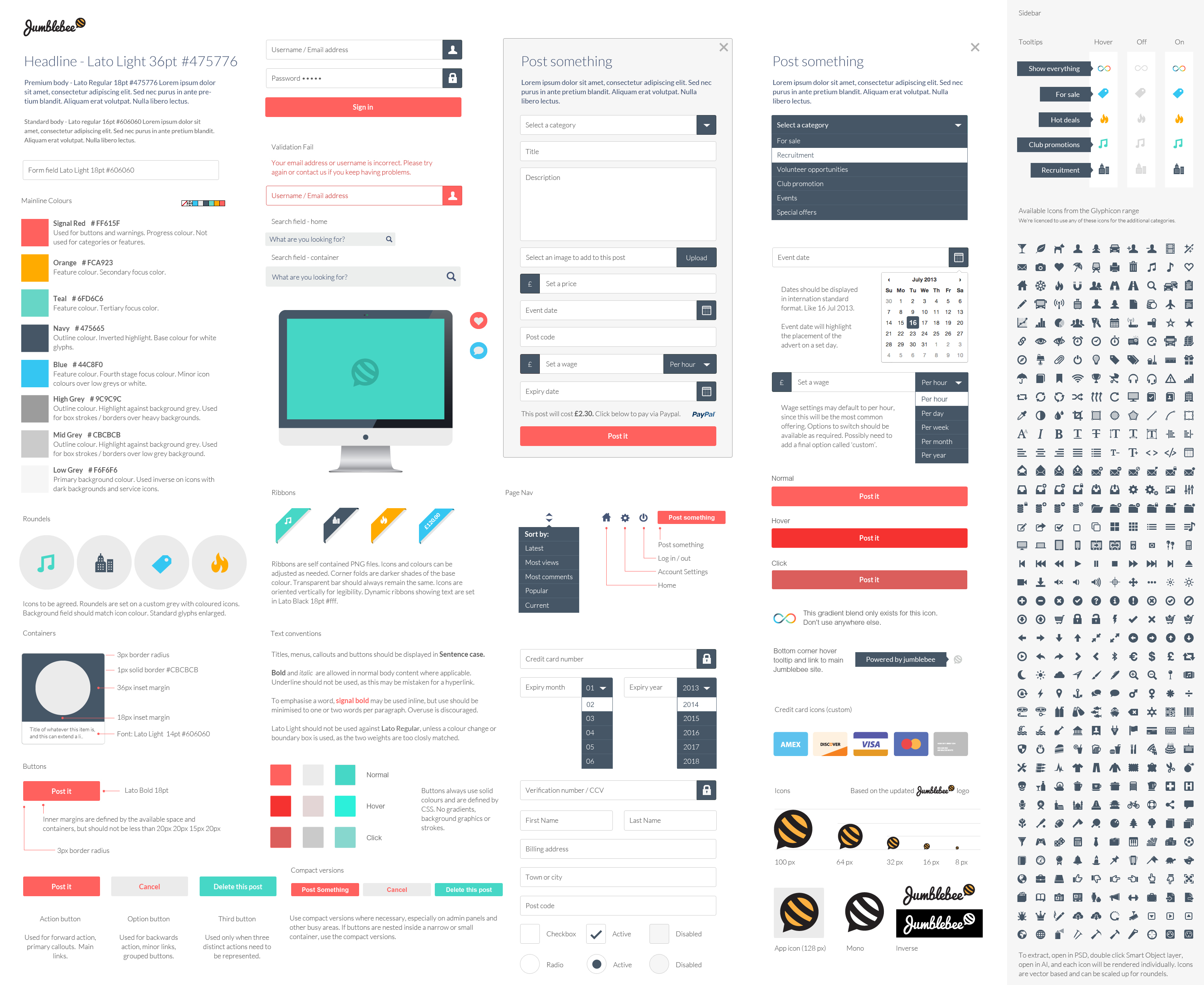- Deliver your message clearly,
- Confirm your credibility,
- Connect your target audience emotionally,
- Motivate the buyer, and
- Concrete User Loyalty
1. Visual (identity)
2. Verbal (messaging)
3. Action (how you treat people)
Your logo is the visual cornerstone of your brand that tells people who you are, and does so in an incredibly memorable way. It sets the tone for all pieces and graces nearly all of your marketing communications. Love it, and never leave it.
Business Card
When someone asks for your number at the market, that’s an opportunity hanging in the air, which you can answer easily if you have a great business card handy. Even if you never leave the dark dungeon of your home office or the confines of your plush leather chair, you must have a business card. And not just any business card. Your business card has the power to make a huge first impression, or to be silent as a lamb – even if it’s coming out of an envelope. Never skimp on your business card design or printing. Avoid cheap online printing of your cards at all costs. If you have to go that route, fine, but consider it a temporary stop-gap measure. Or better yet, find any way humanly possible to budget for a great card, and it will pay off in lasting memories in the noggins of your prospective customers.
Website
Your website is the first or second point of contact for many people. Make it great. Budget well for it. Do not put up a website that you have to apologize for. You wouldn’t believe how many times I’ve heard people from large and small businesses alike say, “Our website sucks,” or “This is our website, and it’s not really, uhh, very good.”
Letterhead, Envelope and Mailing Label
Many businesses use these items few times in a year, however, those few times are usually worth investing in good design and printing. If you send someone a fat proposal on a lasered letterhead in an ink-jetted envelope, you’ve just sealed a fly-by-night look on your hard work. Why risk losing that $150,000 contract (or even the $5,000 deal)? Spend the bucks on quality offset printing, and look professional every time.
Tag line
We’re venturing into the waters of the verbal part of your brand, but since your tag line accompanies your logo nearly everywhere it goes, your tag line development should be included with the initial brand development deliverables.
Overview Brochure
Think brochures are outdated? Think again. When your computer, iPod or iPad are absent, your brochure can make the sale. I’m not talking about that yawn-inducing tri-fold in your dentist’s office, replete with cheesy clip-art. I’m talking about the uniquely formatted and crisply designed rockstar brochure that makes you feel like two million bucks handing it out. The one that can be passed on to someone easily and with a word of recommendation. I’m talking about the brochure that makes breaths be held and helps people connect with your company. Your overview brochure is your impressive, convincing voice when you can’t be there.
Investing in professional brand identity materials does three things:
1. It makes you look and feel more professional.
2. It helps you project more confidence, thus you sell better.
3. It makes the difference between looking like a fly-by-night organization or a real business people can depend on.
Take care of your basic branding deliverables, and they will take care of your business…
Brand identity style guides from around the world
- Adobe corporate brand guidelines (PDF)
- Alberta corporate identity manual
- Apple identity guidelines (PDF)
- Barbican identity guidelines (PDF)
- BASF summary of corporate design policy (PDF)
- Bath Spa University brand guidelines (PDF)
- Berkeley identity
- Best Buy brand identity
- Bitdefender brand guidelines
- Boston University brand identity standards
- Boy Scouts of America brand identity guide (PDF)
- British Council brand guidelines
- British Rail corporate identity manual
- Carnegie Mellon brand guidelines
- Channel 4 identity style guides
- Christopher Doyle identity guidelines
- Cisco logo usage and guidelines
- Columbia College Chicago brand identity manual
- Cornell University brand book
- Duke University style guide
- easyGroup brand manual (PDF)
- Edinburgh City brand identity guidelines (PDF)
- Esso Imperial Oil quick reference guide (PDF)
- Good Technology brand identity guide
- Haas School of Business identity standards style guide (PDF)
- Heineken company visual identity
- IEEE brand identity guidelines
- Kew Royal Botanic Gardens brand guidelines (PDF)
- Liberty University brand identity policy
- Lloyd’s brand
- Macmillan identity guide
- MasterCard brand center
- Microsoft corporate logo guidelines
- Mozilla Firefox branding
- NAMI identity guidelines
- National University of Singapore identity
- New York University identity and style guide
- NHS brand guidelines
- NYU-Poly identity style guide
- Ohio University brand standards
- Oregon State University brand identity guidelines
- Pacific University brand standards (PDF)
- Pearson logos and style guides
- Penguin logo guidelines
- Princeton University graphic identity (PDF)
- PRSA guidelines & logos
- Redfern brand identity guidelines (PDF)
- Saint Mary-of-the-Woods College style guide
- San Francisco International Airport identity program
- Skype brand book
- The Scout Association brand guidelines (PDF)
- The University of Texas brand guidelines
- University of Arkansas graphic identity style guide
- University of California brand guidelines
- University of Cambridge identity guidelines
- University of East Anglia brand identity guidelines (PDF)
- University of Louisville brand graphics policy (PDF)
- University of Northern Colorado identity style guide (PDF)
- University of Wisconsin-Madison brand identity guidelines
- Vanderbilt University graphic standards
- Virginia Tech identity standards
- Walmart brand guidelines (PDF)
- Yale University identity guidelines

























